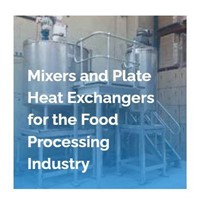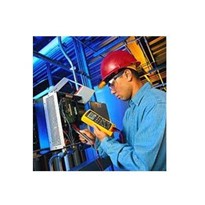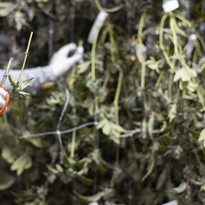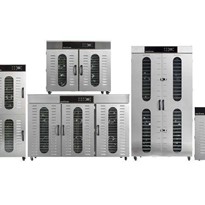It works equally well on virus, bacteria, and fungal critters. Heat treatments such as sterilization and pasteurization are widely used by the food and beverage industry.=, it is how these processes are used that counts…
Sterilization is the process whereby microbes are completely destroyed, whereas pasteurization provides a major reduction in microbial contamination down to an acceptable industry standard. Both processes involve raising the raw product up to a temperature where the microbials cannot survive. Cooler tempertures and longer hold times work well, as does shorter, very temperature bursts. We all have to care for the natural goodnesses in product and doing so means that we choose the best method. A method that avoid sugars caramelization and other off-tastes. This is where tubular heat exchangers show their true value.
Having an efficient and correctly selected heat exchanger in place, to control and regulate the fluid temperature in your processing systems, minimize heat contact time, protect product taste and quality, avoid burn-on and CIP very well after use, cannot be overstated.
The correct tubular type heat exchanger ensures you can meet the requirements for pasteurization, filling operations, and food safety, whilst also producing high volumes of product, with guaranteed and time-proven shelf life. At the same time, allowing for fast cleaning and very low maintenance.
Heat exchangers for sterilization:
Heat exchangers are a critical part of sterilization procedures in food and drink manufacturing, particularly in high-risk products such as milk and dairy processing.
Using heat at a high sterilization temperatures (UHT) completely destroys potential pathogens and microbes, and is a method used to enable long shelf life of products such as milk. It enables such products to be stored at room temperature and is an effective way to ensure your product remains clean and sterile throughout the manufacturing process. The effect on taste and texture can be reduced by careful control of UHT methods, and avoidance of burn-on issues. Again, tubular units outshine the cheaper alternatives here. Selecting tubular is an investment into UHT product quality, taste, texture.
Heat exchangers for pasteurization processes
Pasteurisation is mandated for milk and cheese production, beverages, egg processing and a range of other food manufacturing processes. This is a gentler process taking longer and using the lower temperature options to the best advantage. As with Sterilization, the right heat exchanger ( tubular) provides the exact combination of temperature and time, producing a reliable and uniform result for every run.
Heat exchanger selection for sterilization and pasteurization
To ensure the success of any sterilization or pasteurization process, it’s important to choose a heat exchanger that is fit for purpose, simple to maintain, and precision-engineered to offer the best result for your needs.
Food manufacturers that are considering adding a new piece of equipment to their facility need to look closely at the engineering behind the equipment to ensure it is the right choice.
Both pasteurization and sterilization are prime examples of applications where the right heat exchanger can make or break the product. Choosing a heat exchanger that is engineered to meet the specific demands of your industry means you will get a better result in your day-to-day operations, allowing more efficient production runs and reduced machinery downtime.
Tubular heat exchangers are a great choice, as they are not overly complex, provide high-flow capabilities for fluids and slurries, and are easy to clean and maintain as part of your regular CIP process flow.
Dimpleflo Double Tube Heat Exchangers
The Dimpleflo tube in tube style hygienic heat exchanger allows you to run your product through the middle tube and the service fluid through the surrounding shell. This allows for a completely contained process, making it suitable for processing soft slurries and foods that contain chunks such as soups and diced tomatoes.
The Dimpleflo stainless steel tube has a dimpled profile which is engineered to increase turbulence within the tube. This results in a reduced surface area of the product which in turn, creates higher thermal transfer without significant pressure loss. It is this innovation that takes tubular units to a new level. The dimples allow us to use larger tube diameters, yet maintain the efficiency. In turn, less tube meters are needed, and lower pressure losses are achieved.
Dimpleflo outshines other rolled tube alternatives as there are no continuous corrugations to hold up product and CIP liquids. Self-cleaning with a clear drain path at the 6 o’clock position.
In simple terms, the Dimpleflo turbulence enhancement technology allows manufacturers and processors to achieve faster process times thanks to the higher heat transfer coefficient.
Dimpleflo Multitube /Shell & Tube Heat Exchangers
Designed for food with low or medium viscosities such as sauces, fruit purees, milk and dairy products, the multi-tube heat exchanger range from Teralba provides the same dimpled tube benefits as the double-tube versions, combined with more surface area profile and more heat transfer area.
This type of heat exchanger is engineered to handle elevated temperatures and pressures, within a smaller footprint than a double tube alternative.
Ideal for steam sterilization and UHT processing, pasteurizing purees, soups and sauces, as well as cooking and cooling, this system is suitable for a wide variety of fluids and gases, meaning you can process different types of products through the one unit.
Get engineering advice for your specific process
The Dimpleflo range of single and multi-tube heat exchangers are an efficient choice for food processing and manufacturing professionals.
Our engineering team is here to help you get the best heat exchanger for sterilization and pasteurization, balancing efficiency, quality and innovation with a cost-effective solution.




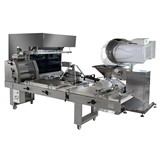



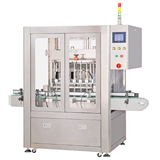
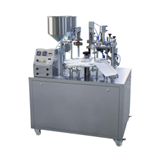

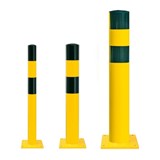




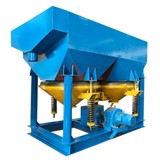
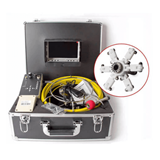
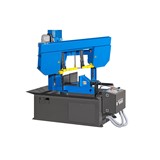

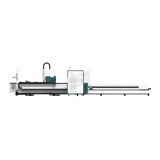


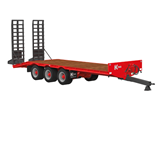


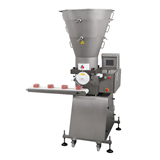
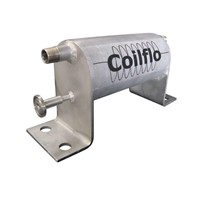
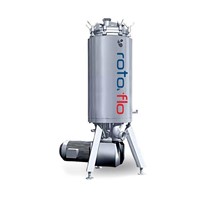

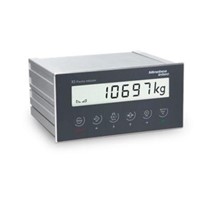
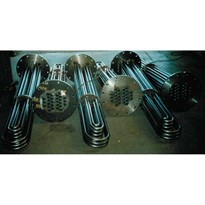

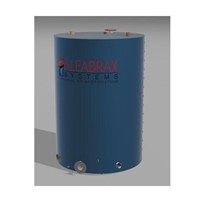
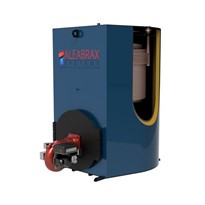
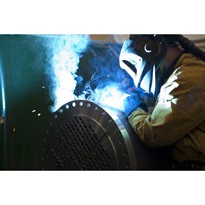
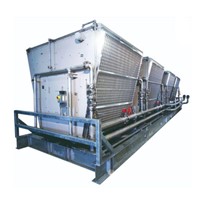
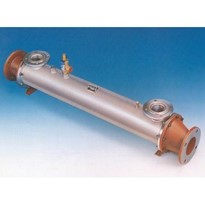
-205x205.jpg)
